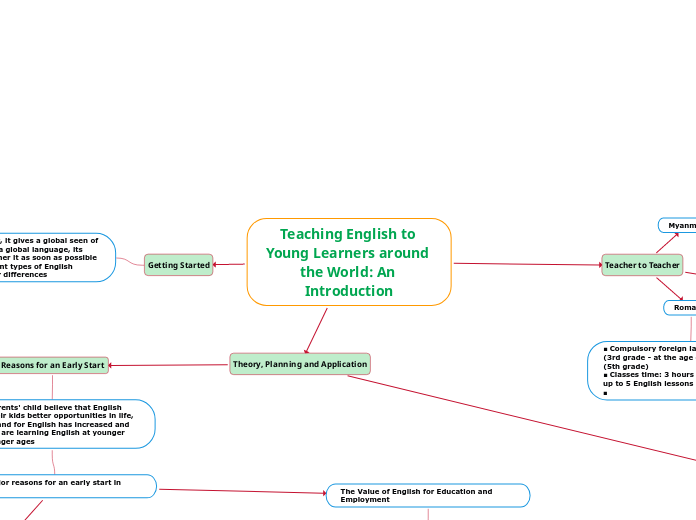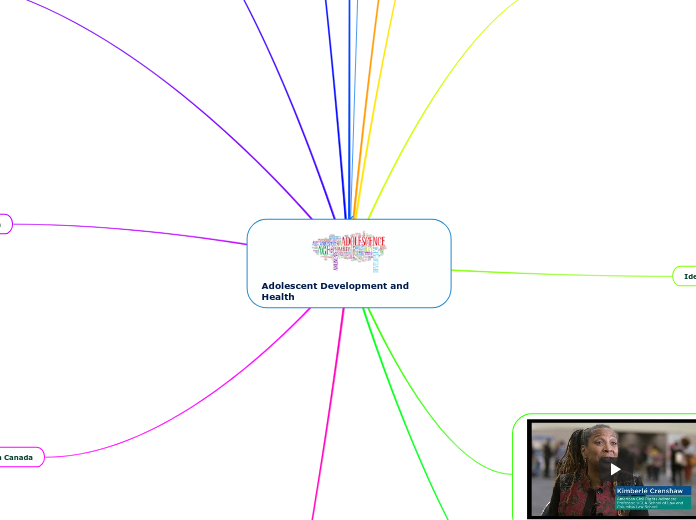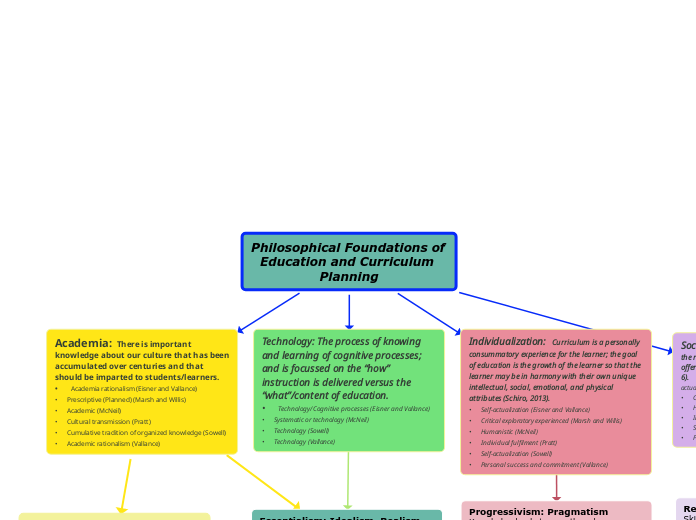Topic flotante
Teaching English to Young Learners around the World: An Introduction
Teacher to Teacher
Madagascar
■ Students grade: 4th grade (9 - 10 year old)
■ No exposure to the language outside the classroom
■ Quantity of students: 40 students
Romania
■ Compulsory foreign languages: First one (3rd grade - at the age of 9), Second one (5th grade)
■ Classes time: 3 hours a week - can have 4 up to 5 English lessons per week
■
Myanmar
■ Students start: kindergarten to grade 11 (from 5 years old to 16 years old)
■ Classes time: 4 times a week and 45 minutes in each session
■ Quantity of students: more than 50 students in a class
Getting Started
In the first chapter, it gives a global seen of what English is as a global language, its importance of learner it as soon as possible in our lives, different types of English programs and their differences
Theory, Planning and Application
Planning for Success in EYL Programs
Pitfalls to Avoid in EYL Programs
■ Classes shouldn't be too short.
■ English should be treated as other subjects.
■ Plan a good program from primary to secondary.
■ Give Ts sufficient training.
■ Supply adequate resources.
Common Features of Effective EYL Programs
■ Focused on meaning
■ Integrated language instruction with
mainstream curriculum
■ Used task-based and content-based
approaches
■ Set up children for success
■ Fostered learner autonomy
■ Set realistic expectations and assessment
■ Provided continuity between primary and
secondary school language programs
■ Provided fun in the classroom
Continuity of Curriculum Between Primary and Secondary English
■ In secondary schools, students have different level of language skills and knowledge
■ Curricula need to be aligned to promote a smooth transition for students and to help teachers meet the needs of former young learners.
Culturally Appropriate Materials
The material used by the teacher have to foster students' culture and focus on English as a way of communicating (be understood), exploring its culture but just being considered as an international language
Appropriately Trained EYL Teachers
Teachers are the most important factor in any child's education. They have to be well-trained to engage and motivate activities, and have adequate proficiency in English to help their children learn English.
Effective EYL Program Models
Programs to teach English to young learners encourage
interaction, provide engaging activities, and build positive attitudes toward English language learning. They need to be “carefully planned, adequately supported and resourced, and closely monitored and evaluated.
The quantity of time that a young learner spends studying English will affect their proficiency in English
Transitional and maintenance bilingual programs
Students receive instruction in major subjects through both languages over time, helping to establish basic concepts in the first language, but also preparing for the switch to the language of instruction in upper grades. The goal is to help children transition from their first language into the language of schooling
Dual-language or two-way immersion programs
In thsese programs, students are inmersed and learn two languages, starting with 90% of one of them, then dividing 50%-50% in certain parts of the school day. The goal of these programs is children become bilingual, bicultural, and biliterate and retain their home or heritage language while they are learning another
Immersion programs
These programs immerse children in another language by using that language as the medium of instruction, these programs can vary since there are ones where students can take half of their classes with a foreign language and the other half in their own language, or all their subjects in a foreign language. They allow students to develop functional proficiency in another language without loss of the native language
FLES programs
Children study one language as a regular school subject. The goal of a FLES program is to help children develop listening and speaking skills in another language, as well as some
proficiency in reading and writing the language in a meaningful context
FLEX programs
They introduce children to different languages and cultures using music, songs, and stories, they may learn the numbers, colors, and greetings in a foreign language and focusing on exploring or experiencing languages, rather than developing proficiency in these languages and the major goal is to increase children’s awareness of other languages
and cultures and thus of their own
Reasons for an Early Start
Since parents' child believe that English gives their kids better opportunities in life, the demand for English has increased and students are learning English at younger and younger ages
Two major reasons for an early start in English
The Value of English for Education and Employment
English has become the world's lingua franca because of big increase of people who speaks English all over the world.
According to Crystal (2012)
Inner Circle
■ About 400 million people
■ English is the dominant language of education, government, and other institutions
■ United States
■ United Kingdom
■ Ireland
■ Canada
■ Australia
■ New Zealand
Outer Circle
■ About 500 million to a billion
■ English has no official function and opportunities to use
English
■ China
■ Korea
■ Turkey
■ the United Arab Emirates
■ Germany
■ Sweden
■ Chile
■ Brazil
■ Mexico
Expanding Circle
■ About 300–500 million people
■ English has a long history and serves a variety of functions in education, government, literature, and popular culture
■ India
■ Pakistan
■ the Philippines
■ Kenya
■ Jamaica
■ Trinidad and Tobago
■ Fiji, etc.
The Benefits of Early Language Learning
Some studies found out that there was a "critical period" when learning second language. This perior starts prior to puberty in wich children could acquire native-like proficiency in a foreign language
Reasons for starting language learning early
The value of bilingualism
Being bilingual provides many cognitive advantages such as mental flexibility, the ability to see a problem from different perspectives and increase a child’s selfawareness
The possibility of greater global awareness and intercultural competence
Children have the opportunity to become global
citizens (gain an appreciation for their own and other languages and cultures)
The possibility of better pronunciation and fluency
Young learners are more likely to attain native-like
pronunciation, greater confidence in speaking the language, and better oral proficiency
The value of increased time
Younger learners simply have more time to learn the language and they need more than two 30-minute periods
a week.
Rixon (1999)
What matters more than the optimal age are the conditions under which young learner programs are offered (inside and outside the classroom)
■ Natural
■ Contextualized and part of a real event
■ Interesting and enjoyable
■ Relevant
■ Social
■ Belongs to the child
■ Has a purpose for the child
■ Builds on things the child knows but also challenges the child
■ Supported appropriately
■ Part of a coherent whole
■ Multisensory
■ Active and experiential
■ Memorable
■ Designed to provide for personal, divergent responses and multiple intelligences
■ Offered in a relaxed and warm learning atmosphere
The European Commission
■ Better language skills
■ Favorable attitudes to other languages, people and cultures









